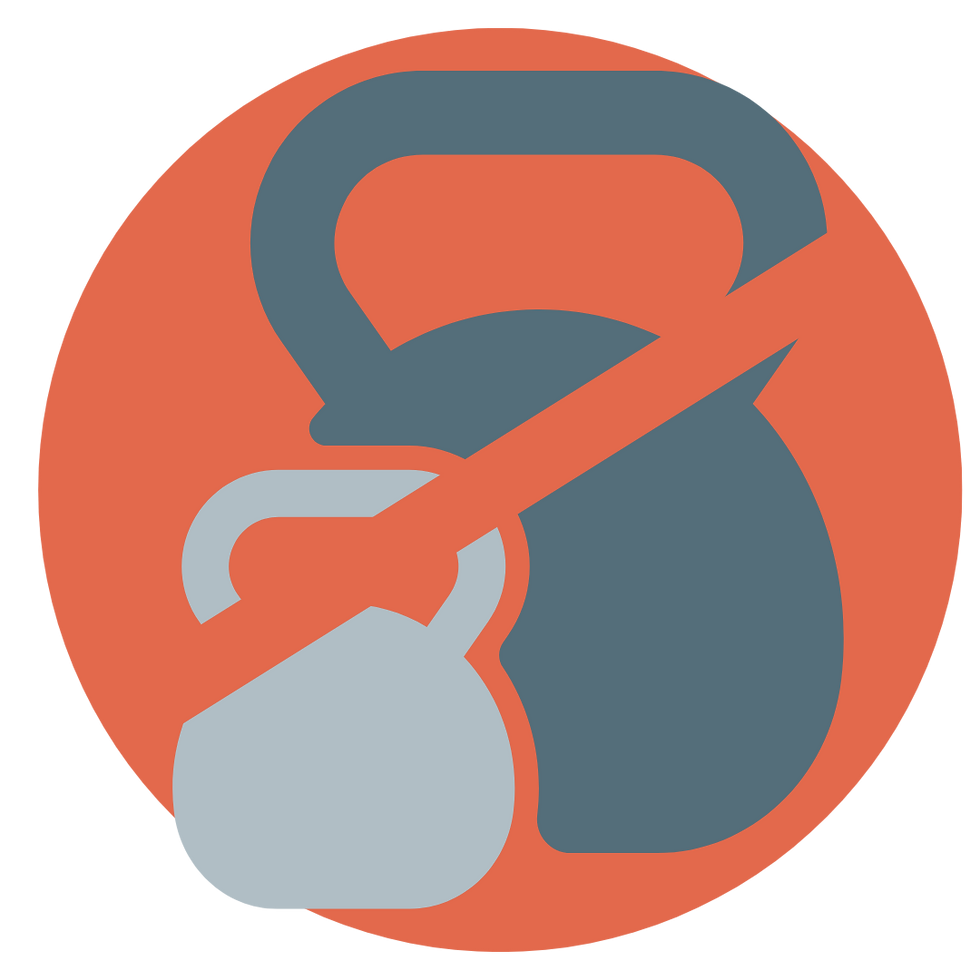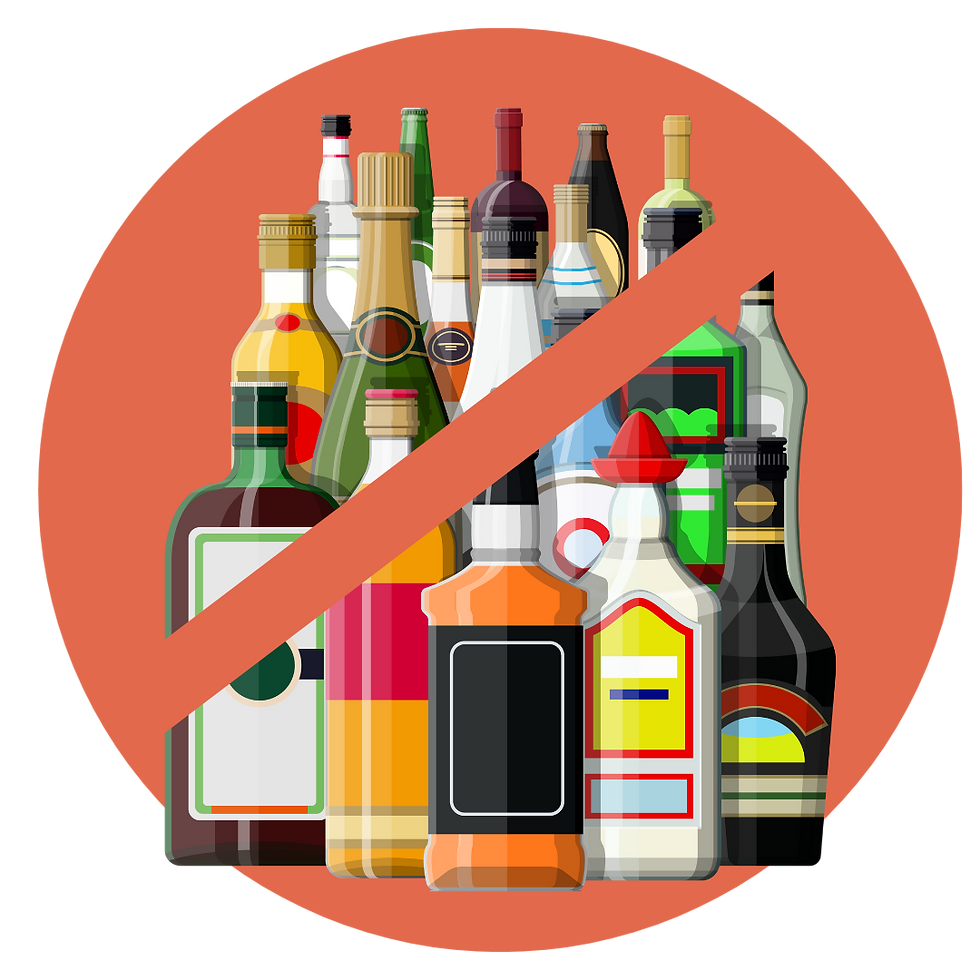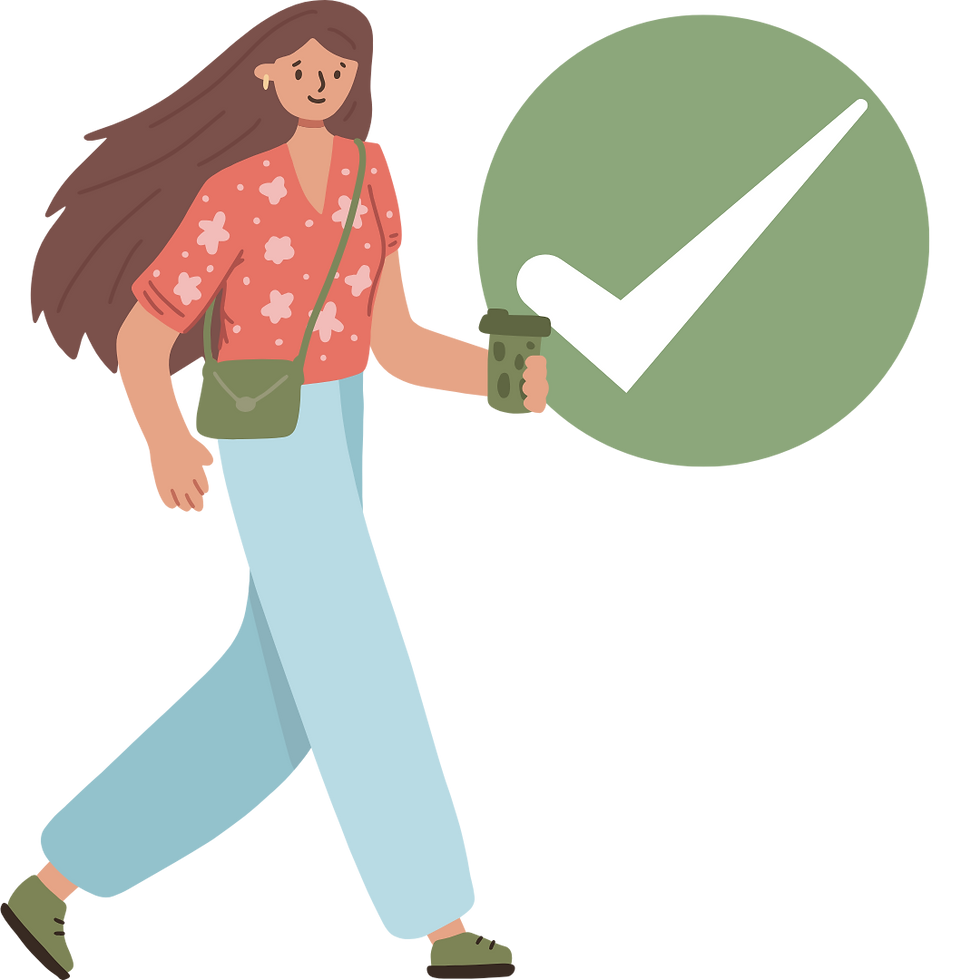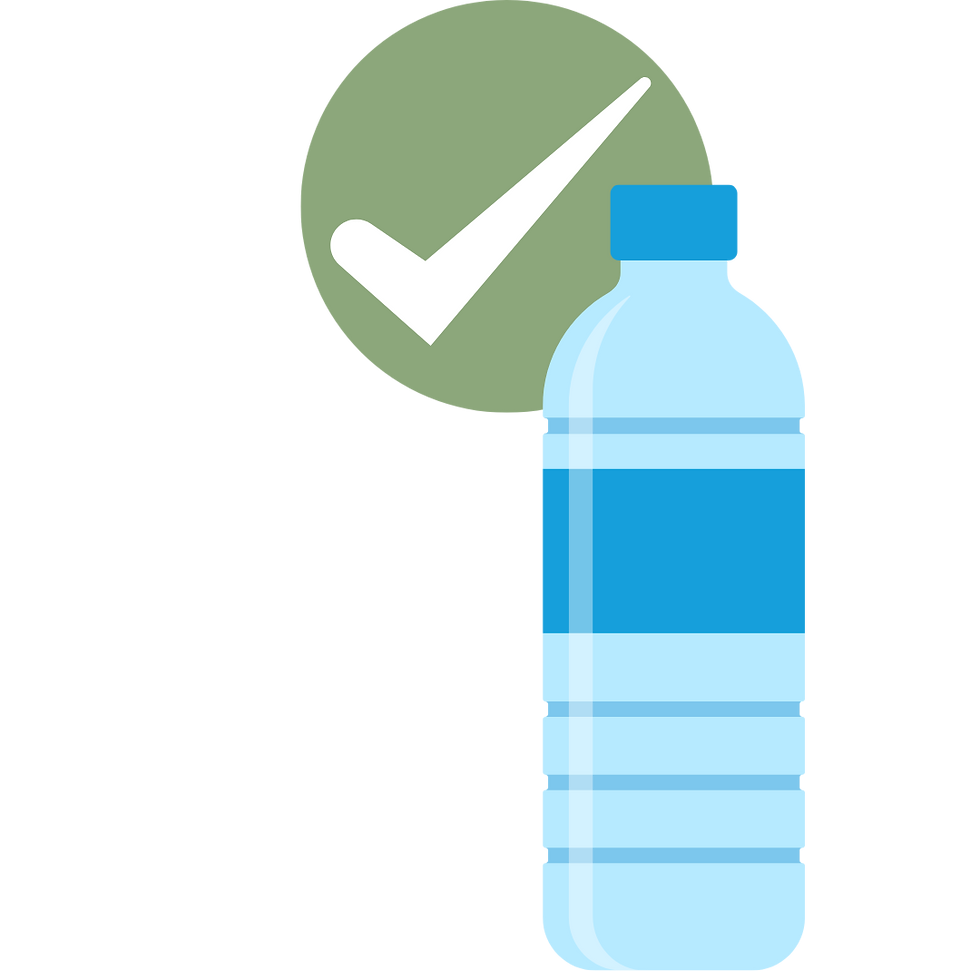Don't Waste Your Massage! Aftercare For Maximal Benefits.
- Emily Brown
- Mar 11
- 4 min read
Updated: Aug 31
Massage therapy provides numerous benefits, from relieving muscle tension to improving circulation and flexibility. However, many people overlook an essential aspect of massage: aftercare.
What you do after a massage significantly impacts how long the benefits last and how effectively your body adapts to the changes. Massage alters your muscle tone, range of motion, and nervous system activity, and the way you treat your body post-massage can either support or hinder these adjustments.
This guide explains the physiological changes caused by massage and provides science-backed strategies to enhance recovery, reduce soreness, and optimize results.
The Science of Massage: How It Changes Your Body
Massage works by manipulating soft tissues, which include muscles, fascia, tendons, and ligaments. The techniques used in therapeutic massage help to:
Break up adhesions (areas of scar tissue or knots)
Improve blood and lymphatic circulation
Reduce muscle tension and spasms
Promote the release of endorphins and decrease stress hormones like cortisol
Neural and Muscular Adaptations After Massage
One of the most overlooked aspects of massage is how it affects your nervous system. Your body relies on proprioceptors—specialized sensory receptors in your muscles and joints—to determine body position and balance. Massage alters the feedback from these receptors, which means your brain temporarily loses its usual “map” of your muscle tension and movement patterns.
This recalibration is why it’s crucial to move mindfully and avoid strenuous activity right after a massage.
What NOT to Do After a Massage
1. Avoid Strenuous Exercise or Heavy Lifting
You might feel looser and more flexible after a massage, but that doesn't mean your muscles are ready for intense activity. Here’s why:

Massage reduces muscle tension, and while this is beneficial for pain relief, it also temporarily lowers muscle tone and strength. This can negatively impact your performance and coordination.
Your proprioceptors need time to reset—if you immediately perform high-intensity exercises like weightlifting or sprinting, you might move differently than usual, increasing the risk of injury.
What Science Says
Research shows that massage decreases delayed onset muscle soreness (DOMS) and improves recovery, but exercising immediately afterward can hinder muscle function.
📌 Study: Crane et al. (2012) found that massage therapy reduces inflammatory signals and enhances muscle recovery, but immediate exertion may counteract these benefits.

2. Avoid Alcohol and Excessive Caffeine
Massage enhances circulation and lymphatic drainage, helping to flush metabolic waste from your system. However, this process also means that substances like alcohol and caffeine are absorbed faster, potentially leading to dehydration or increased toxicity effects.
📌 Study: Best et al. (2008) highlighted the importance of hydration after massage to support metabolic waste removal.
What TO Do After a Massage
1. Go for a Walk

A light, low-impact walk is one of the best post-massage activities. Walking helps your brain re-map your new range of motion (ROM) and keeps the nervous system engaged in a healthy way.
🔹 Benefits of Walking After a Massage:
✔ Helps integrate new muscle balance
✔ Promotes circulation and prevents soreness
✔ Supports neurological recalibration
📌 Study: Robertson et al. (2004) found that active recovery (like walking) enhances muscle repair better than complete rest.
2. Use Heat and Hydrotherapy
Applying heat after a massage can further relax muscles and enhance circulation. Hydrotherapy, such as Epsom salt baths, is an excellent way to maximize muscle recovery.
🔹 Why Epsom Salt Baths Help:
✔ Epsom salt contains magnesium sulfate, which gets absorbed through the skin and replenishes depleted magnesium levels in muscles.
✔ Magnesium helps reduce muscle cramps, soreness, and inflammation.
📌 Study: Dupuy et al. (2018) found that hydrotherapy significantly reduced inflammation and enhanced muscle recovery.
3. Stay Hydrated

Massage stimulates the lymphatic system, helping to clear out toxins and metabolic waste. Staying hydrated supports this detoxification process.
🔹 Best Hydration Practices:
✔ Drink electrolyte-rich water (coconut water, mineral water)
✔ Avoid dehydrating beverages like coffee, soda, and alcohol
📌 Study: Guo et al. (2017) found that hydration played a key role in reducing post-massage muscle stiffness.
4. Be Mindful of Posture and Daily Habits
Your daily posture and habits significantly impact your muscle health. A massage can release tension, but if you immediately return to poor posture or repetitive strain, you’ll undo the benefits.
🔹 How to Improve Posture After a Massage:
✔ Be conscious of desk posture—keep shoulders relaxed and avoid hunching over screens.
✔ Sleep with proper support—use pillows to maintain spinal alignment.
✔ Adjust how you sit and stand—engage core muscles to maintain balance.
📌 Study: Weerapong et al. (2005) highlighted that poor postural habits contribute to muscle imbalances and chronic pain.
5. Ease Back Into Exercise
Once your body has fully adjusted (usually within 24–48 hours), resuming exercise is essential for maintaining strength and mobility.
🔹 Best Exercises After a Massage:
✔ Mobility Drills (yoga, stretching, foam rolling)
✔ Bodyweight Strengthening (pilates, resistance bands)
✔ Low-Impact Cardio (swimming, cycling)
🔹 Why Strength Training Is Essential:
✔ Prevents injuries by reinforcing muscle balance
✔ Improves longevity—strong muscles support joint health
✔ Reduces chronic pain—building strength makes daily activities easier
📌 Study: Barnett (2006) found that combining massage with strength training led to better long-term pain reduction and injury prevention.
Final Thoughts: Keeping Your Body Strong and Balanced
Massage is a powerful tool for recovery, pain relief, and relaxation, but its benefits don’t last unless you support them with proper aftercare.
✔ Move mindfully after a massage—avoid strenuous exercise, but go for a light walk.
✔ Use heat and hydrotherapy—Epsom salt baths and warm compresses aid muscle recovery.
✔ Hydrate and nourish your body—support circulation and lymphatic drainage.
✔ Be mindful of posture and daily movement patterns—avoid habits that contribute to pain.
✔ Integrate strength training into your routine—exercise keeps your muscles strong and mobile.
A balanced approach to activity, recovery, and self-care ensures that you continue to feel the benefits of your massage long after the session ends.
References
📚 Crane, J. D., et al. (2012). "Massage Therapy Attenuates Inflammatory Signaling After Exercise-Induced Muscle Damage." Science Translational Medicine, 4(119), 119ra13.
📚 Dupuy, O., et al. (2018). "An Evidence-Based Approach for Choosing Post-Exercise Recovery Techniques." Frontiers in Physiology, 9, 403.
📚 Guo, J., et al. (2017). "Massage Alleviates Delayed Onset Muscle Soreness." Frontiers in Physiology, 8, 747.
📚 Best, T. M., et al. (2008). "Effectiveness of Sports Massage for Recovery of Skeletal Muscle." Clinical Journal of Sport Medicine, 18(5), 446-460.
📚 Barnett, A. (2006). "Using Recovery Modalities Between Training Sessions in Elite Athletes: Does it Help?" Sports Medicine, 36, 781-796.





Comments